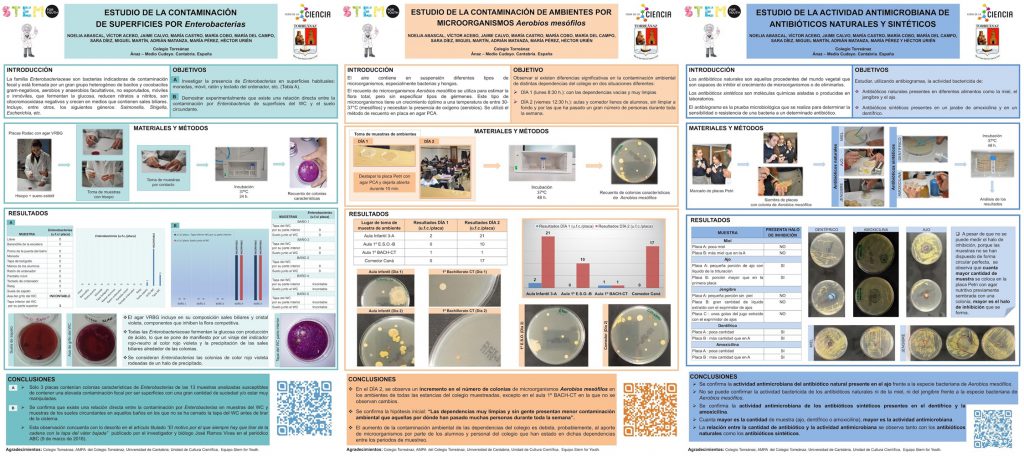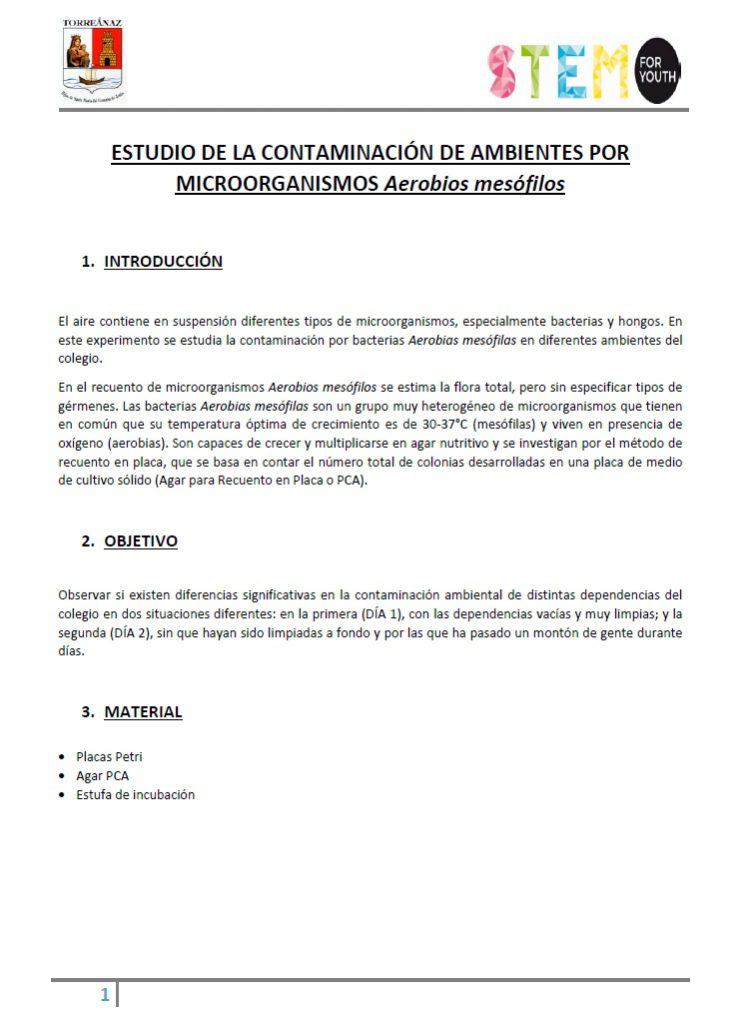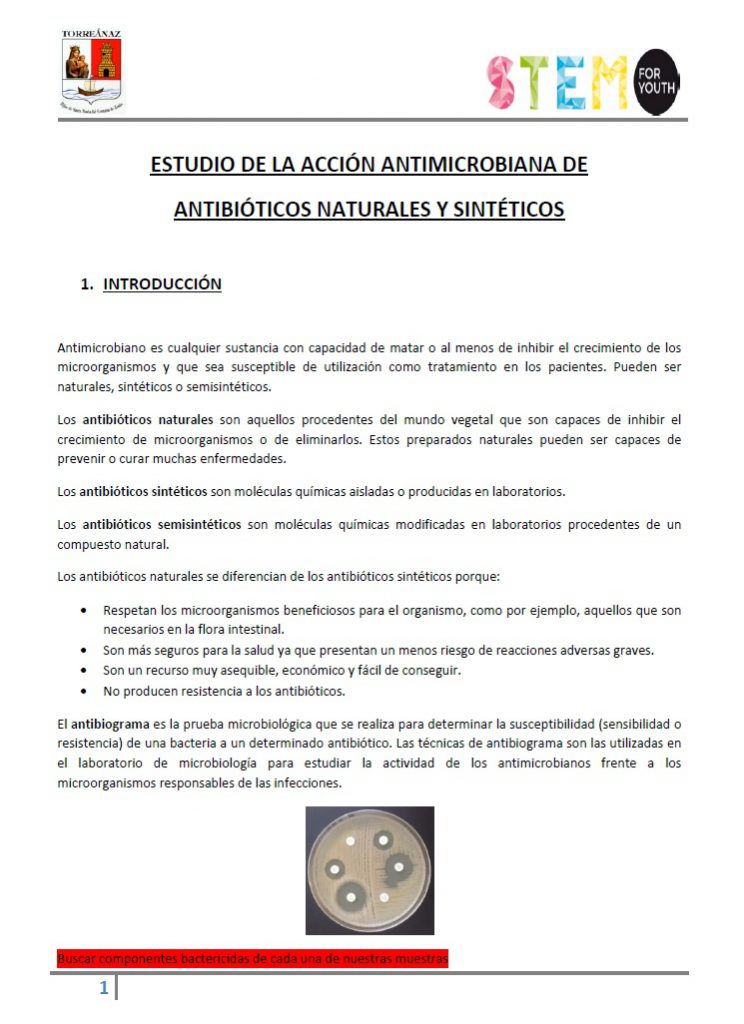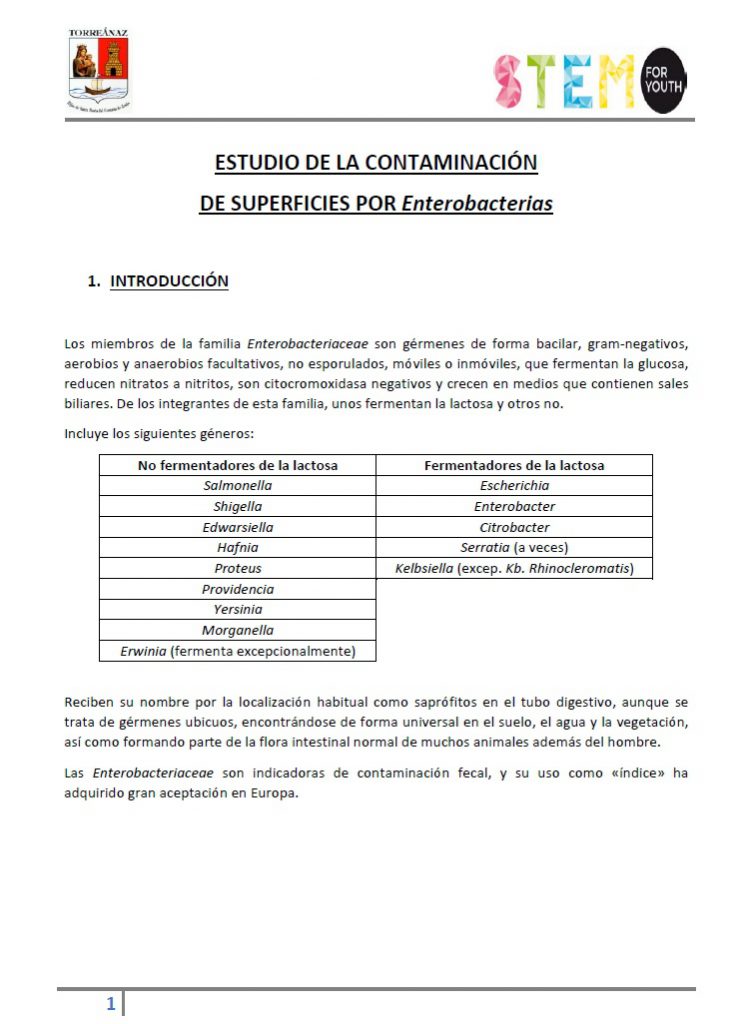Teacher guides
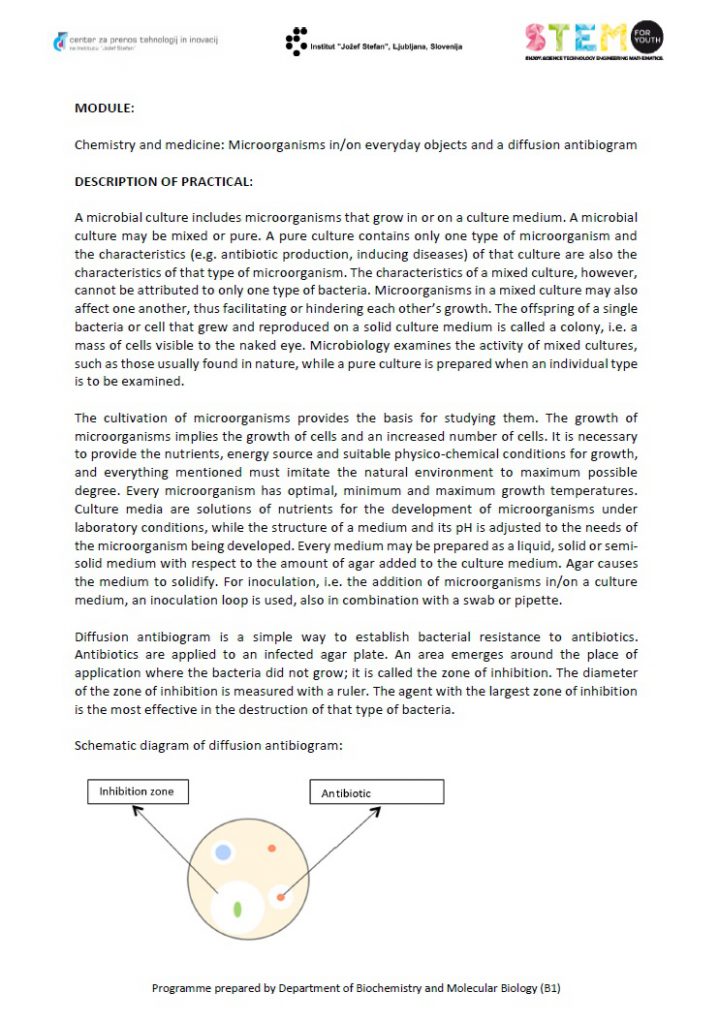
The cultivation of microorganisms provides the basis for studying them. The growth of microorganisms implies the growth of cells and an increased number of cells. It is necessary to provide the nutrients, energy source and suitable physico-chemical conditions for growth, and everything mentioned must imitate the natural environment to maximum possible degree. Every microorganism has optimal, minimum and maximum growth temperatures. Culture media are solutions of nutrients for the development of microorganisms under laboratory conditions, while the structure of a medium and its pH is adjusted to the needs of the microorganism being developed. Every medium may be prepared as a liquid, solid or semi-solid medium with respect to the amount of agar added to the culture medium. Agar causes the medium to solidify. For inoculation, i.e. the addition of microorganisms in/on a culture medium, an inoculation loop is used, also in combination with a swab or pipette. This activity was developed within the framework of STEMforYouth project.
Materials developed by students
11 students from Torreánaz school carried out the following studies in the academic year 2017/2018: (1) Study on Contamination of Environments by Mesophilic Aerobic microorganisms, (2) Study on Antimicrobial Activity of Natural and Synthetic Antibiotics, and (3) Study on Contamination of Surfaces by Enterobacteria. This project was carried out outside the regular lessons, and guided by five teachers (Mª Ilusión Alonso, Montserrat Cobo, Cristina García, Mónica Bonet and Rosa Mª Moreno). Students were in the 1st year of Not Compulsory Secondary Education (1st Bachillerato).
